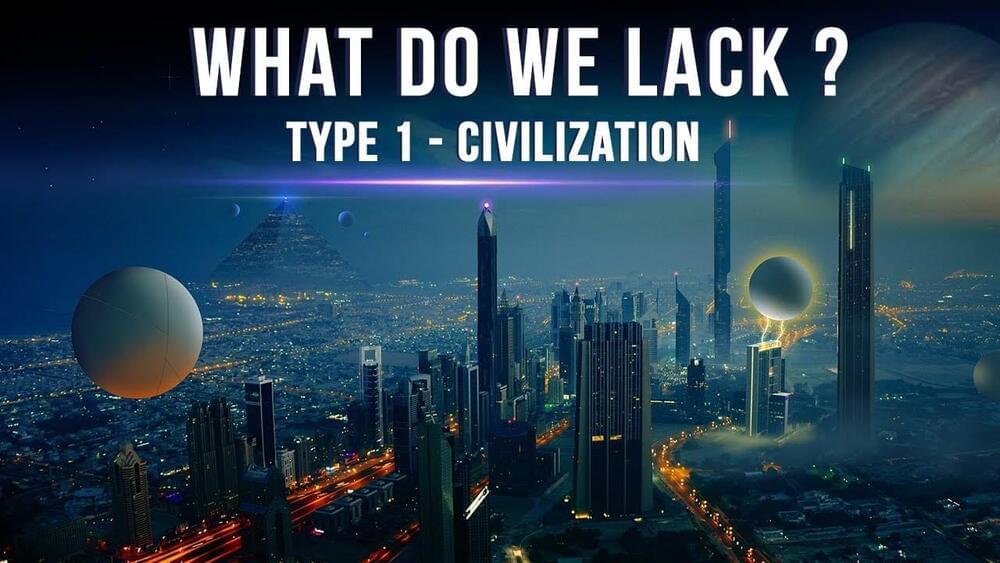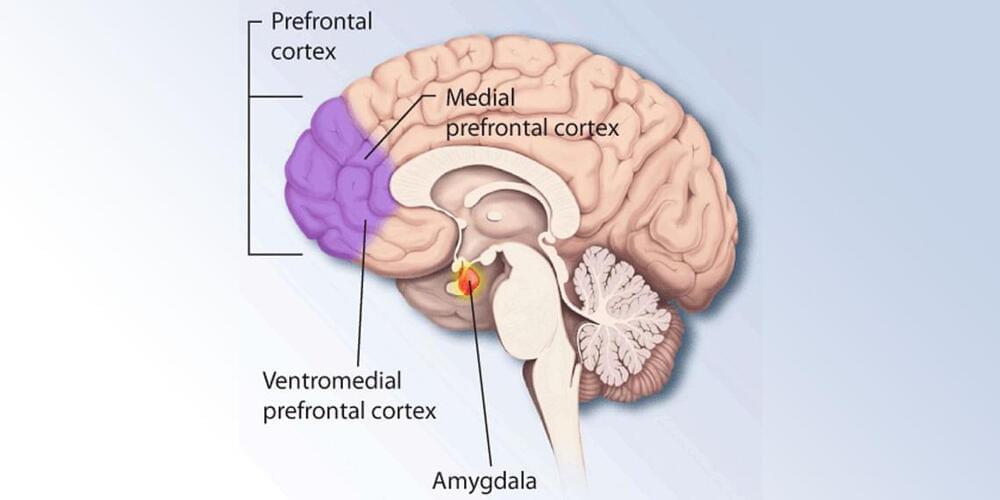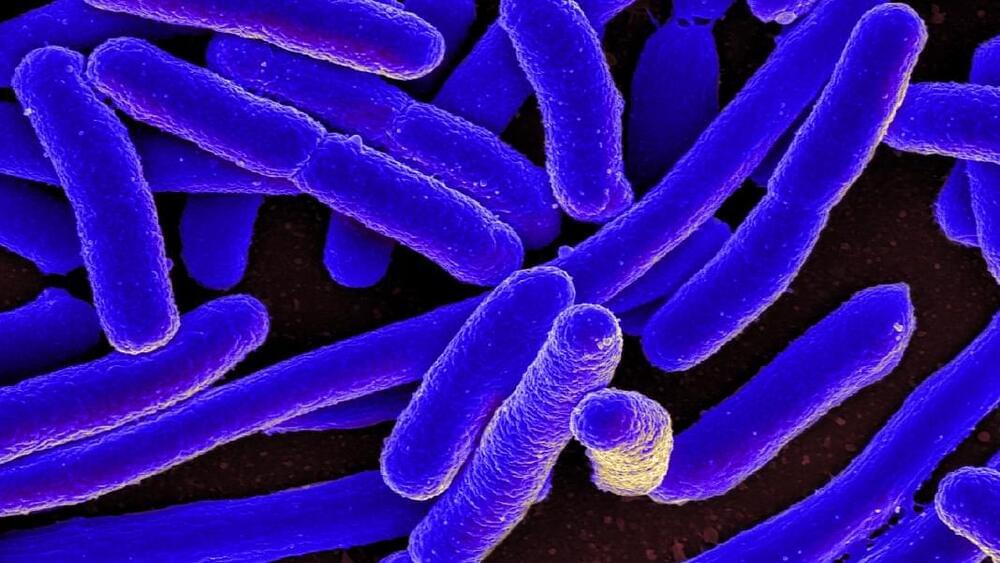Nov 1, 2022
Nicotine Blocks Estrogen Production in Women’s Brains
Posted by Nicholi Avery in categories: biotech/medical, neuroscience
𝐍𝐢𝐜𝐨𝐭𝐢𝐧𝐞 𝐁𝐥𝐨𝐜𝐤𝐬 𝐄𝐬𝐭𝐫𝐨𝐠𝐞𝐧 𝐏𝐫𝐨𝐝𝐮𝐜𝐭𝐢𝐨𝐧 𝐢𝐧 𝐖𝐨𝐦𝐞𝐧’𝐬 𝐁𝐫𝐚𝐢𝐧𝐬
𝙏𝙝𝙚 𝙥𝙧𝙤𝙙𝙪𝙘𝙩𝙞𝙤𝙣 𝙤𝙛 𝙚𝙨𝙩𝙧𝙤𝙜𝙚𝙣 𝙞𝙣 𝙩𝙝𝙚 𝙩𝙝𝙖𝙡𝙖𝙢𝙪𝙨 𝙖𝙥𝙥𝙚𝙖𝙧𝙨 𝙩𝙤 𝙗𝙚 𝙘𝙪𝙧𝙩𝙖𝙞𝙡𝙚𝙙 𝙗𝙮 𝙟𝙪𝙨𝙩 𝙤𝙣𝙚 𝙙𝙤𝙨𝙚 𝙤𝙛 𝙣𝙞𝙘𝙤𝙩𝙞𝙣𝙚, 𝙚𝙦𝙪𝙞𝙫𝙖𝙡𝙚𝙣𝙩 𝙩𝙤 𝙩𝙝𝙖𝙩 𝙞𝙣 𝙖 𝙘𝙞𝙜𝙖𝙧𝙚𝙩𝙩𝙚, 𝙧𝙚𝙫𝙚𝙖𝙡𝙨 𝙖 𝙬𝙝𝙤𝙡𝙚 𝙗𝙧𝙖𝙞𝙣 𝙖𝙣𝙖𝙡𝙮𝙨𝙞𝙨 𝙤𝙛 𝙝𝙚𝙖𝙡𝙩𝙝𝙮 𝙬𝙤𝙢𝙚𝙣 𝙞𝙣 𝙩𝙝𝙚 𝙛𝙞𝙧𝙨𝙩 𝙨𝙩𝙪𝙙𝙮 𝙤𝙛 𝙞𝙩𝙨 𝙠𝙞𝙣𝙙.
“We were surprised to see that this effect could be seen even with a single dose of nicotine, equivalent to just one cigarette, showing how powerful the effects of smoking are on a woman ’ s brain.”
Continue reading “Nicotine Blocks Estrogen Production in Women’s Brains” »


















